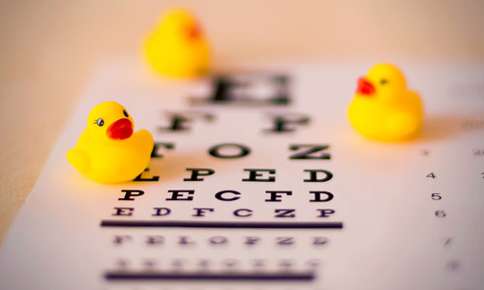
Being born too early can have a profound effect on your child’s health. In addition to early concerns about lung development and intestinal issues, prematurity may also cause vision …

Have you ever wondered why your eye care provider spends so much time carefully examining your eyes? Although they are looking for diseases or conditions that can affect your …

Are your eyeglasses streaky and smudged no matter how often you clean them? Try these tips to help keep them clear and smudge-free. Make Rinsing the First Step If …

Amblyopia, also known as lazy eye, is a visual disorder caused by abnormal vision development, often occurring during infancy. Patients with amblyopia have reduced vision in one eye, because …

Glaucoma is a serious disorder that can damage the optic nerves of your eyes if left untreated. The optic nerve carries images from your eyes to your brain. If …

For many, the term binocular vision conjures images of super powers or the rare ability to spot objects far away, but having binocular vision simply means having two eyes …

Diabetic retinopathy refers to several eye problems that are characterized by damage to the light-sensitive retina, caused by excessive blood sugar levels. Almost half of Americans with diabetes suffer …

Glaucoma is the second leading cause of blindness worldwide, reports the Glaucoma Research Foundation. This common eye condition typically affects older adults, although infants and young adults are also …

Strabismus is the medical term for the misalignment of the eyes. Commonly referred to as cross-eyed or wall-eyed, strabismus may involve either one or both eyes turning inward, outward …

Astigmatism is an extremely common eye condition that affects both children and adults. It occurs when there is an imperfection in some part of your cornea, the clear tissue …










